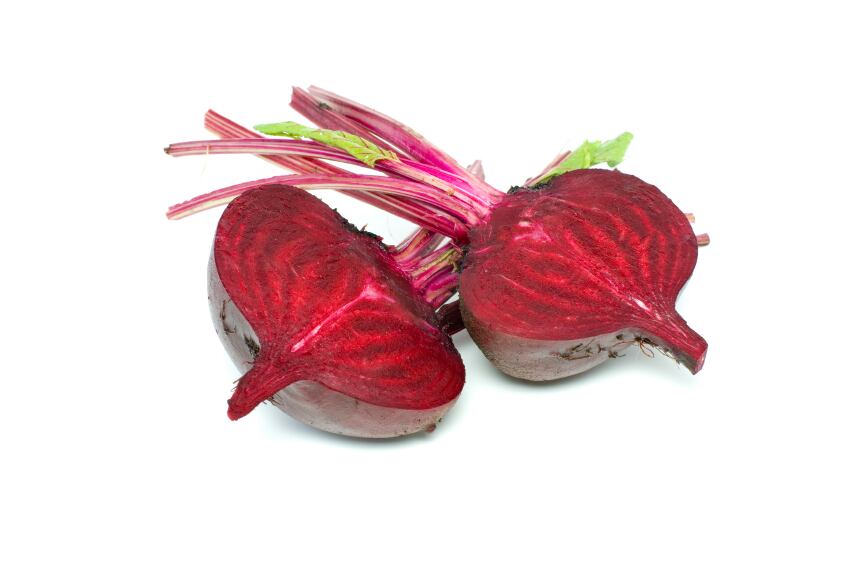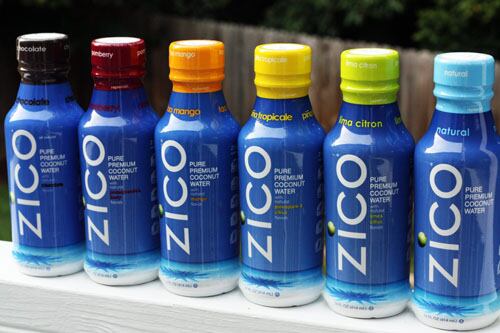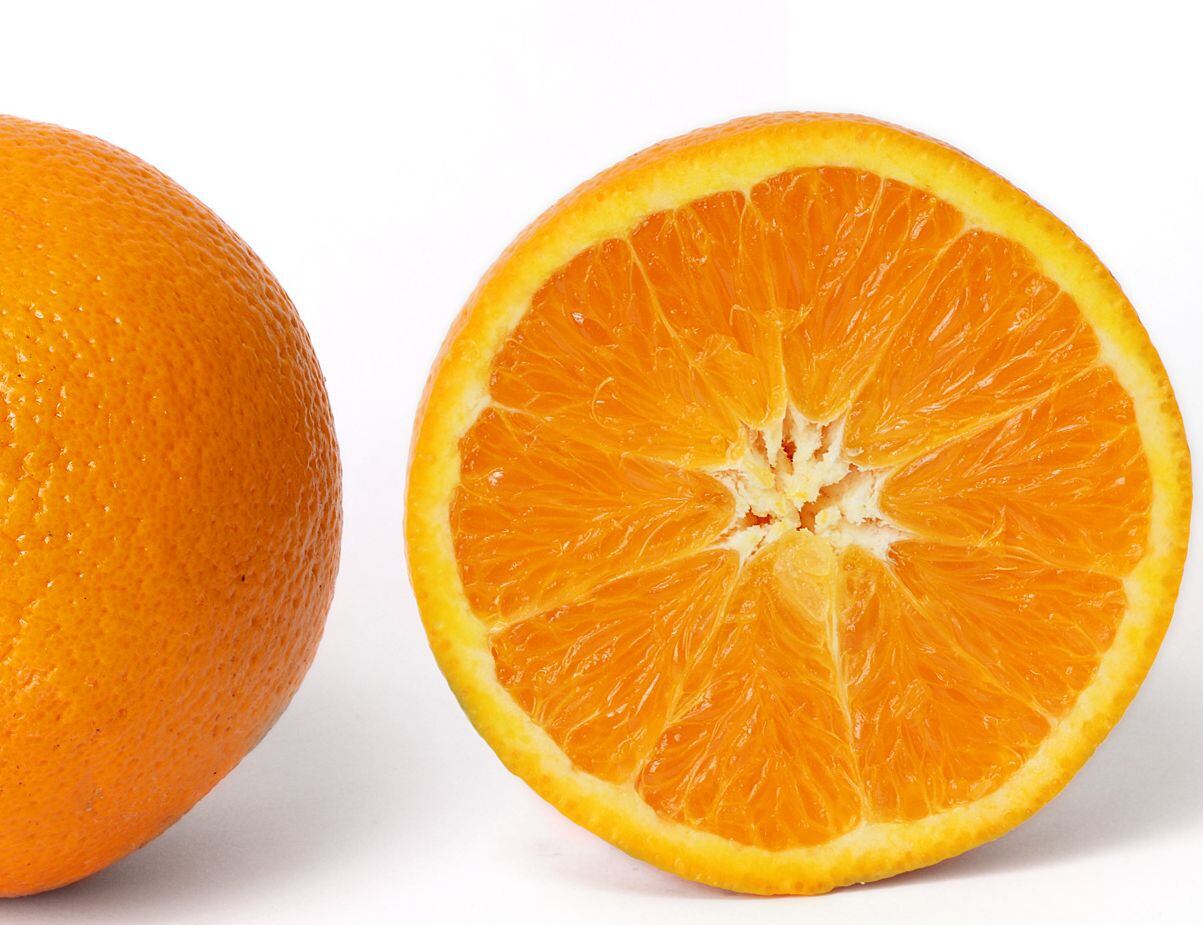Easily the biggest factor working in the juice category’s favor is demographics, according to ‘Fruit and Vegetable Juices: U.S. Market Trends’.
“There will be an increase in the number of large households as a result of the rise in the population of multicultural consumers”, predicts Packaged Facts.
“These households will consume above average volumes of juices and juice drinks and will have a disproportionate impact upon growth in the overall market.”
The number of households buying low-calorie juices has grown significantly
However, it also predicts strong growth in reduced calorie juices such as PepsiCo’s successful Trop50 range - which adds water and the natural sweetener stevia to juice to help reduce calories.
“The number of households using diet/low calorie juices is significantly smaller than the number of households using regular juices (8.4 million vs. 64.7 million).
“However, households using diet juices grew at a much more rapid rate between 2007 and 2012 (40.4% vs. 2.8%).”
Juice category big guns have lost market share while smaller companies have gained in the mass market
We can also expect more growth in premium “better-for-you juice products that attract health-conscious Millennials and Boomers seeking out the latest flavor fad”, says Packaged Facts, which predicts growing interest in niche categories such as beet juice, cacao juice, tomato juice, novel vegetable/fruit juice blends and juices with peppers, chipotle and cayenne.

“A number of smaller upstarts have proven able to leverage faddish flavors and fruits to develop successful niches in the market. The bottom line is that the top 20 marketers as well as private label marketers have lost market share while smaller companies have gained in the mass market.”
Meanwhile, sales of coconut water show few signs of slowing down, shooting past the $100m sales barrier in mass-market outlets during the 52 weeks ending January 27, 2013.
American consumers are becoming enamored of the foil pouch

As for packaging formats, the big success story of the past couple of years is the foil pouch, says Packaged Facts.
“American consumers are becoming enamored of the foil pouch. Between 2010 and 2012, the number of households using this popular juice delivery system for children increased 30%.”
Coffee and juice bar players pose new threats to established marketers of juices and juice drinks
Another relatively recent dynamic in the market are juice products developed by companies that started in juice bars, adds the researcher.
“Jamba Juice has announced ambitious plans to expand its consumer products portfolio through a combination of licensing and direct selling… [while] Starbucks has begun a strategic drive to expand its presence in the CPG market, and its 2011 acquisition of Evolution Fresh brings new threats to established marketers of juices and juice drinks.”
According to Symphony IRI, mass-market sales of Evolution Fresh products grew 60% from $3m to $7.9m in the 52 weeks to January 27, 2013.
“Many of the products posting the highest growth rates are riding the waves of juice bar and smoothie chain trends.”
Between 2007 and 2012, dollar sales of fruit and vegetable juices and juice drinks barely budged

Packaged Facts estimates that the US market for juices and juice drinks totaled $19.7bn in 2012.
“Between 2007 and 2012, dollar sales of fruit and vegetable juices and juice drinks barely budged, and the volume of juice and juice drinks consumed by households hardly kept up with population growth. The compound annual growth rate in the market during this period was a scant 0.18%.”
Category stalwart orange juice has suffered the most, with consumption down by 3.6% since 2007, says the report. “Frozen orange juice experienced an especially significant decline (-14.7%).”
During the same period, Americans increased consumption of other fruit juices and juice drinks by 11.8%, while consumption of tomato and other vegetable juices grew at 19.3%, said publisher David Sprinkle.
“It’s not just orange juice for breakfast anymore.”
Teens are switching from 100% juice to other beverages
According to data unveiled at the Food & Nutrition Conference & Expo (FNCE) in Philadelphia last fall, fruit juice consumption habits among children started to change around five or six years ago.
Dr Erin Quann, director of regulatory affairs at the Dairy Research Institute, unveiled a raft of data compiled from the National Health and Nutrition Examination Surveys (NHANES) from 1976 through 2010 for children and adolescents.
While the percentages of children drinking 100% fruit juice rose steadily among all age groups in the three decades up to 2006, the 2007-2010 NHANES data showed this trend starting to reverse in the 13-17yr age group as teens replaced fruit juice with other kinds of beverages, said Dr Quann.
Toddlers are the heaviest juice consumers
Toddlers remain the heaviest juice consumers, with 63% of three-year-olds categorized as juice drinkers, compared with 38% of 6-12 year olds and just 24% of 13-17 year olds in the 2007-2010 data, added Dr Quann.
Meanwhile, the average amount juice drinking children are consuming in a sitting is going down, perhaps driven by concerns about the sugar and calories contributed by juices, she said. Click here.
Click here for more information on the Packaged Facts report.
